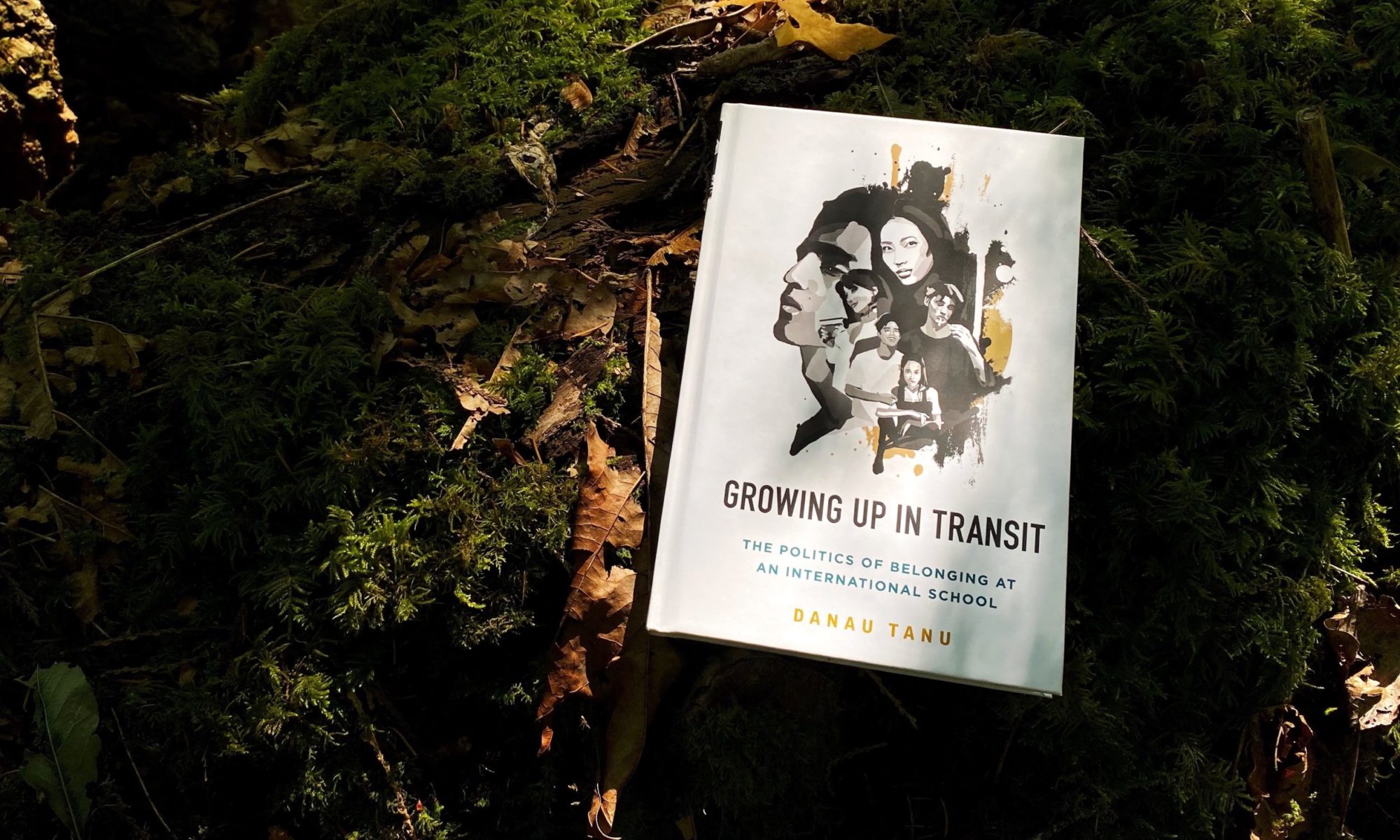This is the handout for the webinar presentation for the Teacher Session at KIS. It includes a list of resources mentioned in the presentation, the slide deck and additional resources.
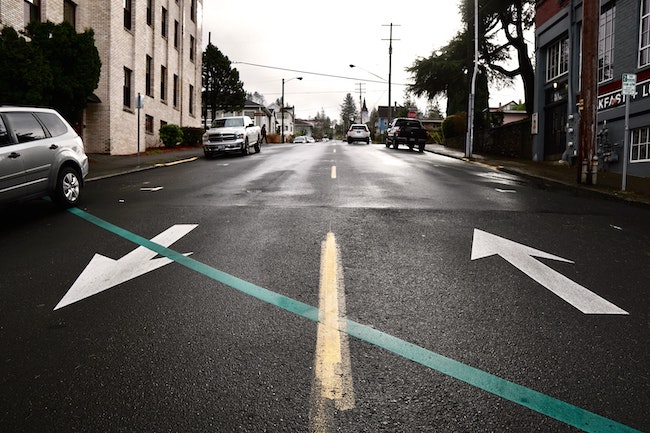
Core topics
- Hidden curriculum
What is the hidden curriculum? How does it show up in international schools? - Internalized racism
How does the hidden curriculum impact students’ sense of self? What is internalized racism? In what way does it affect their relationship with their parent(s)’ language and culture? - Invisible diversity
How does the hidden curriculum affect the way student diversity is perceived? - Role of educators
How do educators contribute to the hidden curriculum? What can educators do to change the hidden curriculum?
Slide deck
The slide deck from the workshop is available in PDF format.
Main text
Growing Up in Transit: The Politics of Belonging at an International School. Danau Tanu, 2018.
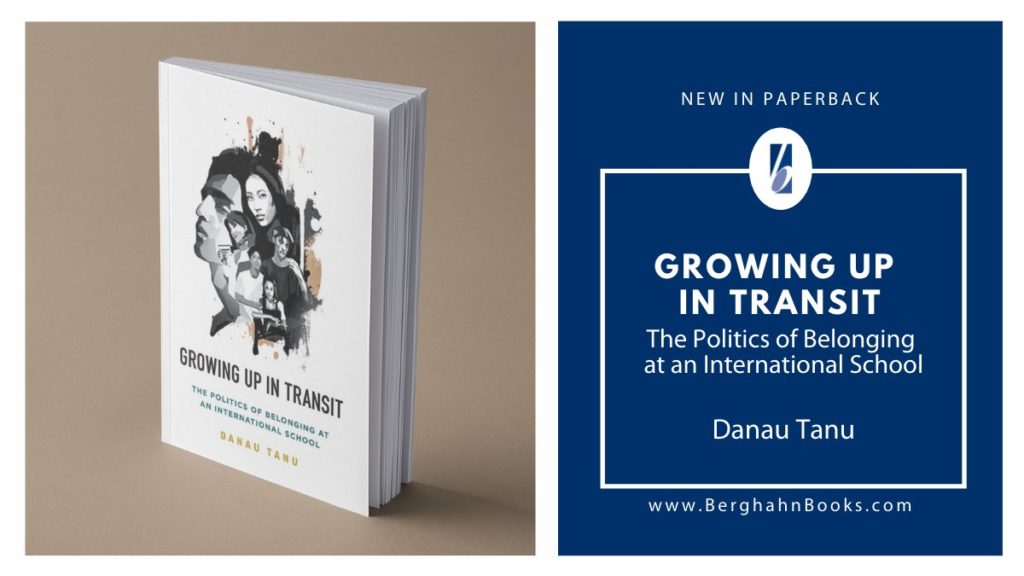
Resources in order of appearance
‘Third Culture Kids: The Return Home’.Tim Brantingham in Sandwich Parenting.
Misunderstood: The Impact of Growing Up Overseas in the 21st Century. Tanya Crossman, 2016. (See also www.tanyacrossman.com)
Third Culture Kids: Growing Up Among Worlds, 3rd Edition. David Pollock, Ruth E. Van Reken and Michael Pollock, 2017.
Safe Passage: How mobility affects people & what international schools should do about it. Doug Ota, 2014.

Children At Promise: 9 principles to help kids thrive in an at risk world. Tim Stuart, 2003.
Isabelle Min – Transition Catalyst Korea (TCK) Institute
Jessica Wei Huang – www.jessicaweihuang.com
The Strength of Weak Ties
Original study: The concept of weak ties was originally developed to study what type of networking is useful for job search
- Granovetter, Mark. 1973. “The Strength of Weak Ties,” American Journal of Sociology (78:6), 1360-1380.
For well being: Investing a little time to develop weak ties with students may help them feel more ‘seen’ and help the campus feel more inclusive
- Gillian Sandstrom’s research
- Leslie, Ian. 2020. “Why your ‘weak-tie’ friendships may mean more than you think.” In BBC (July 3).
For recruitment: The concept of weak ties has been widely applied to diversifying job recruitment pools
- Weak Ties Matter
- How the Best Bosses Interrupt Bias on Their Teams (via Joel Laban)
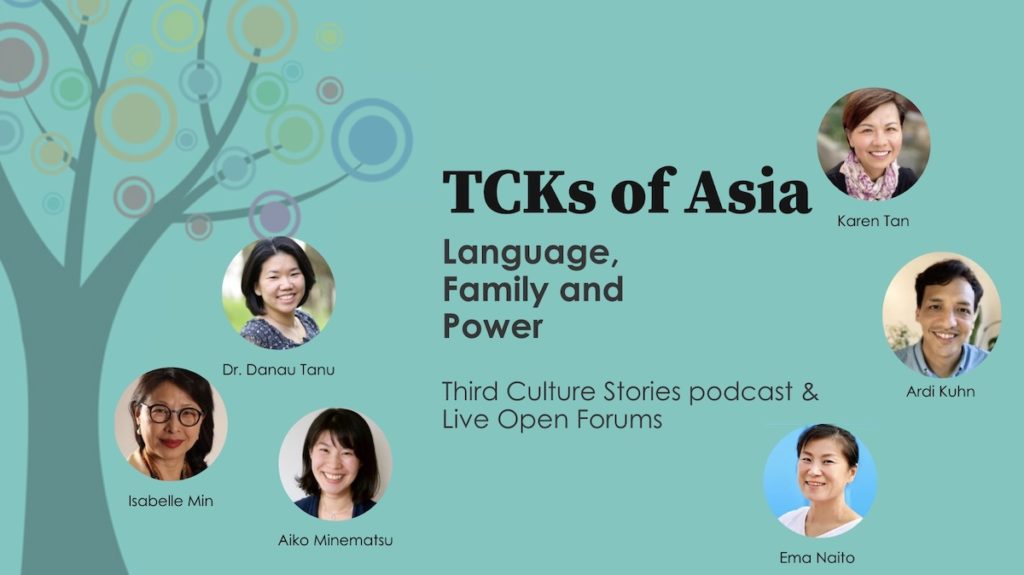
Organisation to Decolonise International Schools
ISC Research: The international school student profile – The 2021 Report
TCKs of Asia (Third Culture Stories podcast)
Association of International Educators & Leaders of Color (AIELOC)
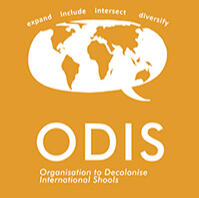
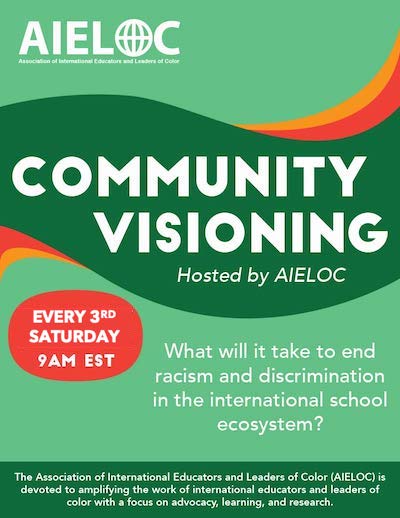
See a list of other relevant resources here.
Self-reflection: Being ‘seen’ (Breakout Activity)

- Q1. Describe a time when you felt seen by a teacher (or any adult). Why did you feel seen?
- Q2. Describe a time when you did not feel seen by a teacher (or any adult). Why did you not feel seen?
Instruction
Work in pairs. 10 minutes total.
- Step 1: Speaker shares story (4 min)
- Step 2: The Listener retell the Speaker’s story using ‘Active Listening’ skills (1 min)
- Step 3: Swap roles. Repeat steps 1 & 2
Active Listening
Be neutral. Do not judge.
Be attentive (nod, etc), patient and don’t fill the silences.
Reflect back to the speaker what they said. Use their words as much as possible. Do not interpret. Do not add your opinion.
